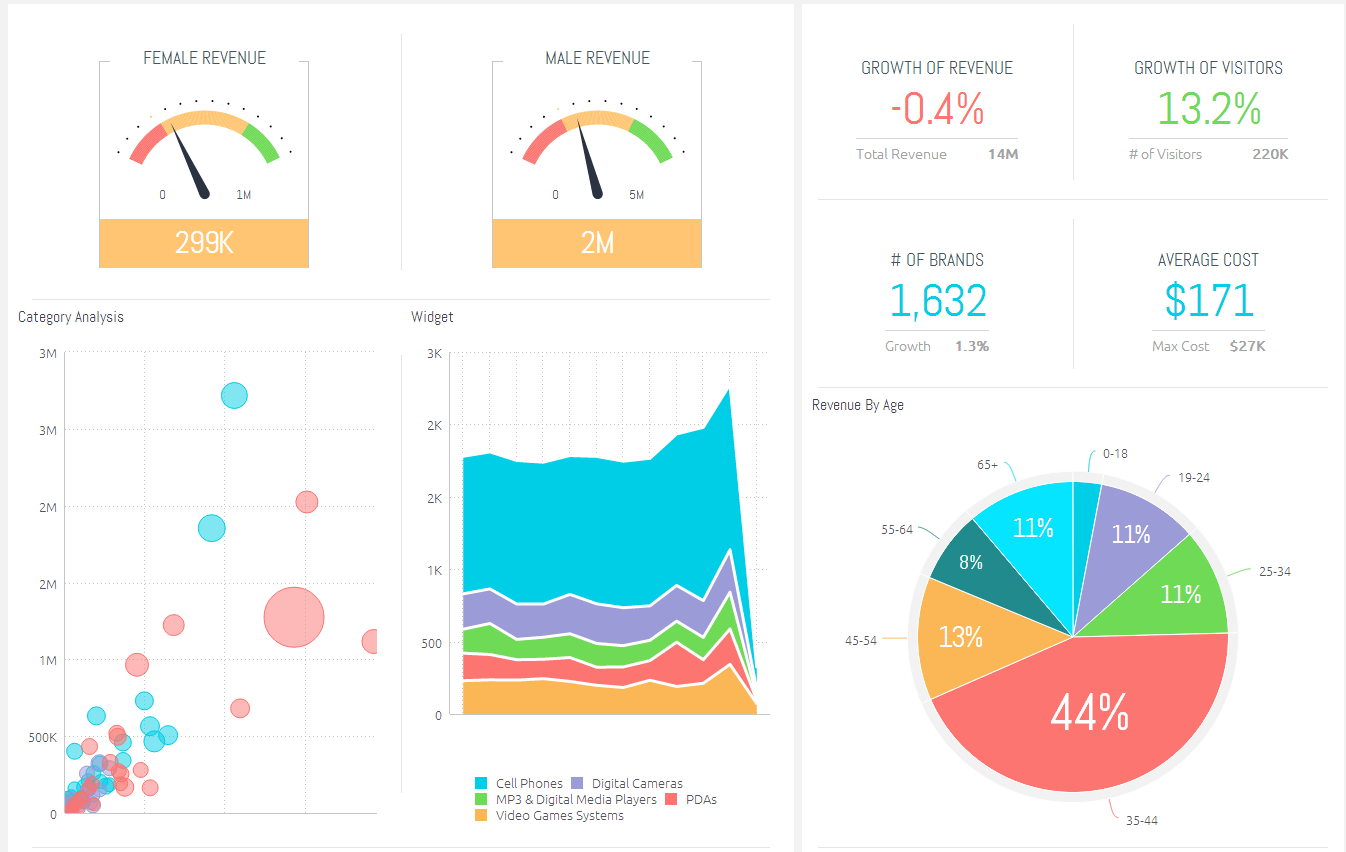The debate on whether or not to “become a data-driven company” is over. Today, businesses are fully invested in the importance of business intelligence (BI). According to a recent Deloitte report, more than 80 percent of businesses use analytics in their decision making processes, and 96 percent believe that analytics will become even more important to their organizations over the next three years.
Ultimately, it has become abundantly clear that in order to achieve success today, businesses must approach every decision by analyzing relevant data and considering the insights derived from that data to be the primary driver of the company’s direction. Drawing insights about target audience demographics, psychographics and buying behavior is imperative.
The historic hitch, however, is that data analytics software, hardware and human resources have been costly enough to limit their insights to the domain of enterprise-level solution providers and their well-compensated data scientists. Further complicating matters is the shortage (and therefore exorbitant price point) of qualified labor in this area. “Data scientists aren’t quite unicorns, but they’re close,” is how Joanna Schloss, a business intelligence and analytics evangelist at Dell Software, frames the problem.
In recent years, however, the proverbial BI party has become increasingly crashed. The global demand to become data-driven, coupled with the prohibitive investment of adopting this requirement, has fostered the emergence of a new generation of data analytics solution providers, whose simplified, economical tools can make everyone a data scientist.
Making Data Analysis Accessible and Affordable
In order to level the playing field, SMBs are demanding equal access to sophisticated data analytics. They want interactive, intuitive, economical, user-friendly tools. The bottom line is that SMBs are requiring that BI be simplified enough so that their own C-suite can interpret the raw data and draw business-directed conclusions without requiring the additional investment of a dedicated data scientist.
New, uncomplicated BI platforms are empowering SMBs to apply decision trees to their data to detect fraud or spam, optimize content for page ranking, and analyze customer feedback and social media data to improve reach. Empowering inexperienced or non-technical users to sift through large amounts of data and draw action-oriented conclusions is groundbreaking.
Sisense, one of the premier self-service BI tools, is able to process large batches of data in minutes, generating visual analytics within a user-friendly dashboard that can be used on anyone’s laptop without expensive infrastructure or the requirement to integrate additional software.
Other new generation BI tools, such as Clear Analytics and Jaspersoft, offer similarly straightforward deployment with secure, governed access to enterprise data. All the figures are centralized, auditable and require zero BI experience to manipulate, effectively positioning everyone at an SMB as a power analyst.
“Companies need to break down the notion that Big Data is only for the technically advanced or executive team, and bring Big Data, business intelligence, and analytics to 100 percent of its workforce,” Guy Levy-Yurista, Sisense’s head of product, recently told DZone. “In the digital age, organizations will only become more data-driven and data fluency should be as accessible and as common nature as reading and writing.”
Additional Advantages of Self-Service BI Tools
In order to remain competitive, this new generation of self-service BI tools has had to address the gap between traditional and self-service BI tools.
First, they have taken the issue of scalability seriously. Sisense, for one, was designed with a scalable, memory-optimized columnar database that can comfortably handle terabytes of data and dozens of concurrent queries.
Another critical advantage for self-service tools over their traditional counterparts is the ability to access data and analytics by mobile device. Considering that the average user spends the equivalent of 23 days per year on his or her phone, the ability to crunch numbers on the fly, without the need for specialized hardware or cumbersome remote access tech, is imperative.

Image source: https://www.sisense.com/
The most significant advantage of a self-service BI tool, however, is not tactical but rather strategic. Since traditional BI tools are out-of-reach for SMBs, whereas self-service tools are easily affordable and deployable, positioning their accessibility as ideal, self-service BI tools ultimately shift an SMBs corporate culture from reactive to proactive.
Bringing BI to the forefront of decision-making, and relying on perpetually current data, ultimately allows businesses to increase market share by identifying underserved territories, discovering new product placement opportunities or expanding into entirely different distribution channels.
BI, Meet AI
One of the most innovative pieces of the new BI tools is that they’ve established a new way to consume and interact with business insights through Artificial Intelligence.
Sisense is pushing the envelope on this with its new BI Bots feature, which allows users to interact with their analytics data inside their existing messaging platforms, including Slack, Skype or Facebook Messenger. In turn, this possibility ultimately lays the foundation for archived message-based conversations to form an informal office knowledge library. Since so many organizations today communicate primarily via message, rather than via email or in meetings, it’s important to document this knowledge base.
Tools like BI Bots are riding the wave of a huge shift away from relying on IT expertise and rather embracing non-technical users who still need to be able to access and draw conclusions from data analytics.
Looking Toward the Future
Truly, BI solutions can be beneficial to businesses all across the board. Even bootstrapped startups can benefit from self-service BI; utilizing a BI’s predictive analysis tool to adjust their products to meet market demand can spell the difference between staying afloat and buckling in the year ahead.
All businesses today should be relying heavily on data to thrive. The democratization of data analytics is promising for SMBs ready to take advantage of it, and a dire warning for those who aren’t. As BI solutions become increasingly accessible in a competitive economy, the question becomes not what business can do with it, but whether businesses can survive without it.








